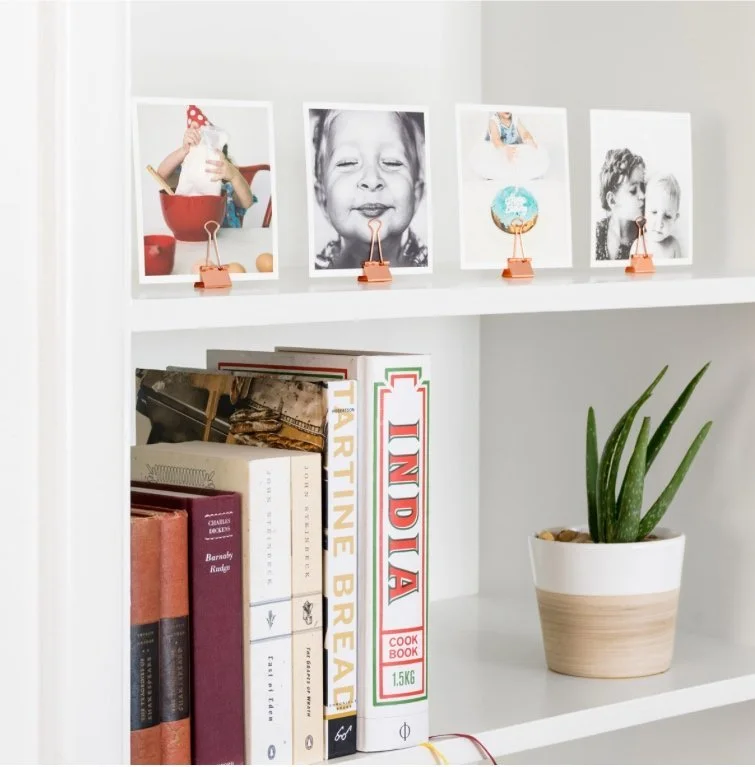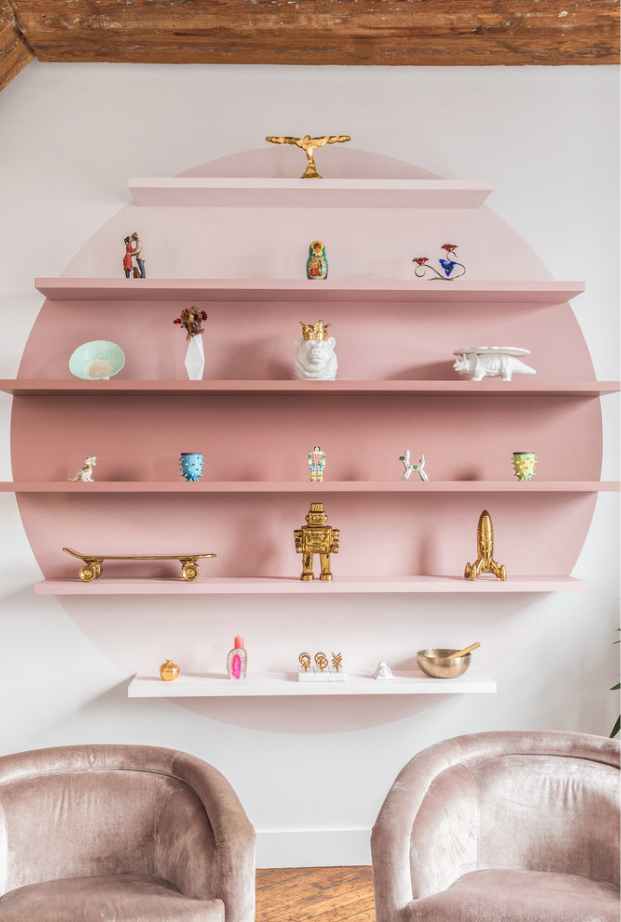Simple, functional, personal — can you have it all? (Yes!)
Simple and functional. Not the coziest words in the dictionary.
Nevertheless, when it comes to interior design, “simple and functional” is a mantra you should live by.
Successfully combine these two elements in each room of your home and it will revolutionize your way of living.
But… it’s always possible to have too much of a good thing. Any interior scheme should also feature personal touches. Otherwise you end up with showroom vibes and completely unwelcoming spaces.
So how do you strike that perfect balance between simplicity, functionality, and personality? Let’s find out.
Why are simplicity and function important to interior design?
Simplicity means removing the unnecessary.
Scientists have actually proven that household clutter causes stress and makes you less productive. A simple, visually calming room gives you the mental space to relax and to think clearly.
Function works hand in hand with simplicity. It’s all about what you do in a particular room — and how design can be used to support those activities.
Storage, placement of furniture, maximizing the functionality of “dead spaces”... all of this will help your rooms adapt to a variety of different functions.
Simple, functional rooms are calm, inspiring, and built to support your flow. Get the combination right and you’ll improve your wellbeing — as well as your interiors.
How to add personal touches to a simple, functional scheme
Simple and functional design means taking things back to the (beautiful) essentials.
But take it too far and you strip a space of the things that make it yours; the personal touches that help to tell your story.
So how do you give your space personality, while also maintaining a feeling of calm and clarity?
Create space for your memories
There’s nothing better than looking back over photos — of friends, family, and trips around the world. Creating a simple and functional space doesn’t mean resigning those wonderful memories to your smartphone screen.
Organize photos into a visually pleasing, geometric composition. Or keep photos and mementos in one neat display. This example here can be achieved with nothing but a few bulldog clips!
Just avoid scattering photographs throughout a room, using bright and oddly shaped frames, and allow for plenty of blank space on a wall or noticeboard.
Incorporate your favorite colors carefully
What color schemes spring to mind when you think of minimalistic interiors? Probably neutral shades or white, cream, and beige.
These colors might be right up your street. But if you’re a fan of more vibrant color, you don’t have to forgo it in favor of simple, functional design.
Instead, you can choose from one of two approaches.
Color option number one: pick out your favorite shade and use it monochromatically throughout a room. This saturated color strategy avoids the contrasts that inevitably detract from a room’s simplicity.
Or color option number 2: use a pop of bright color to demarcate a particular area within a room. You could paint an arch behind your desk space. Or include one bright, velvet armchair in a room of otherwise neutral tones.
Curate collectibles
Clearing clutter is a central part of simple and functional design. But what about those personal trinkets and mementoes that remind you of happy times gone by?
Decluttering isn’t about ridding your home of every collectible you own. Instead it’s about curating those items — selecting the pieces with most meaning and finding the perfect place for them, just like in the image above!
A well-curated shelf will give collectibles space to shine and incorporate lots of that ever-important empty space too.
The same goes for artwork.
Only hang the stuff you really love. Make sure it’s the right size for your space (remembering that bigger is sometimes better). And surround your frame (or neat collection of frames) with empty space.
Introduce texture
Too many clean, hard edges will make a space feel cold, clinical, and completely uninviting. Introduce texture and you’ll soften those edges, giving a room some personality in the process.
Consider wood with a visible grain or lustrous metallics.
When it comes to fabrics, pick out cushions and throws made from natural materials, like linen, velvet, or wool. You could also add in some house plants, ensuring ceramic, concrete, or woven basket pots bring a little extra texture to the scene.
As long as you choose textural items that fit with your color scheme, your rooms will still feel simple and functional — just that bit cozier.


